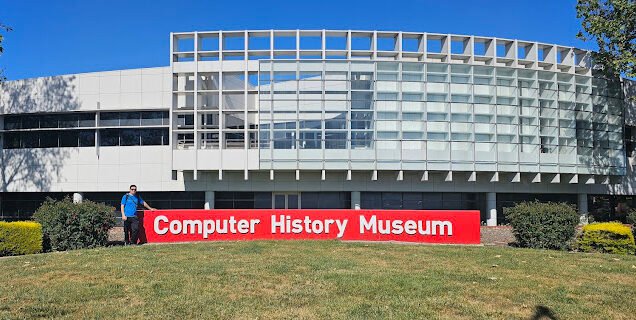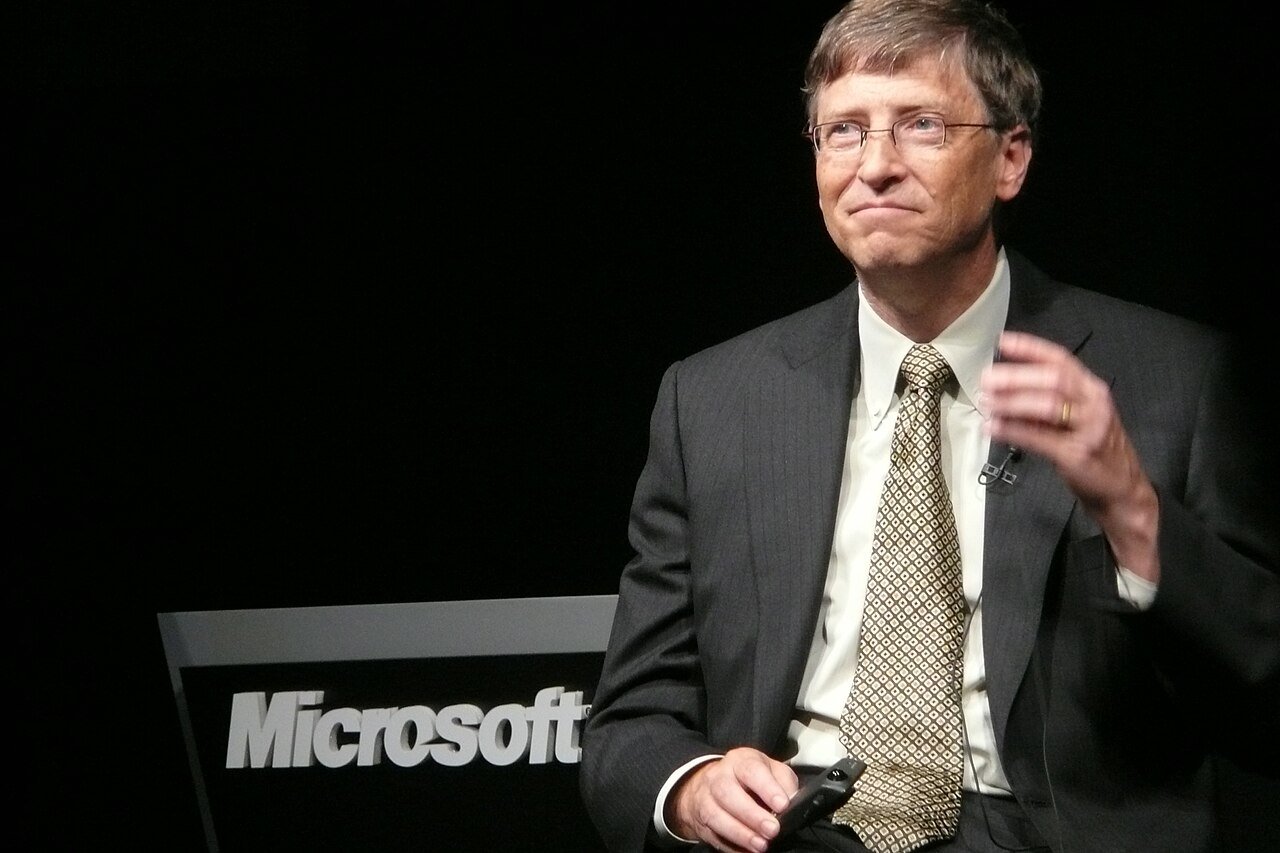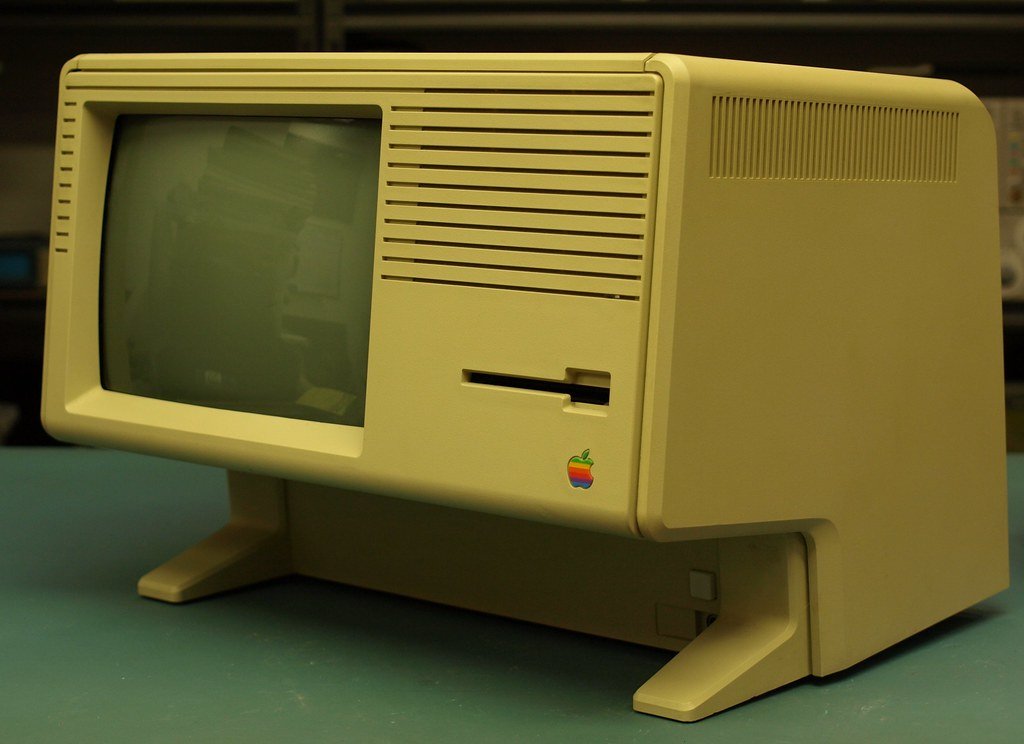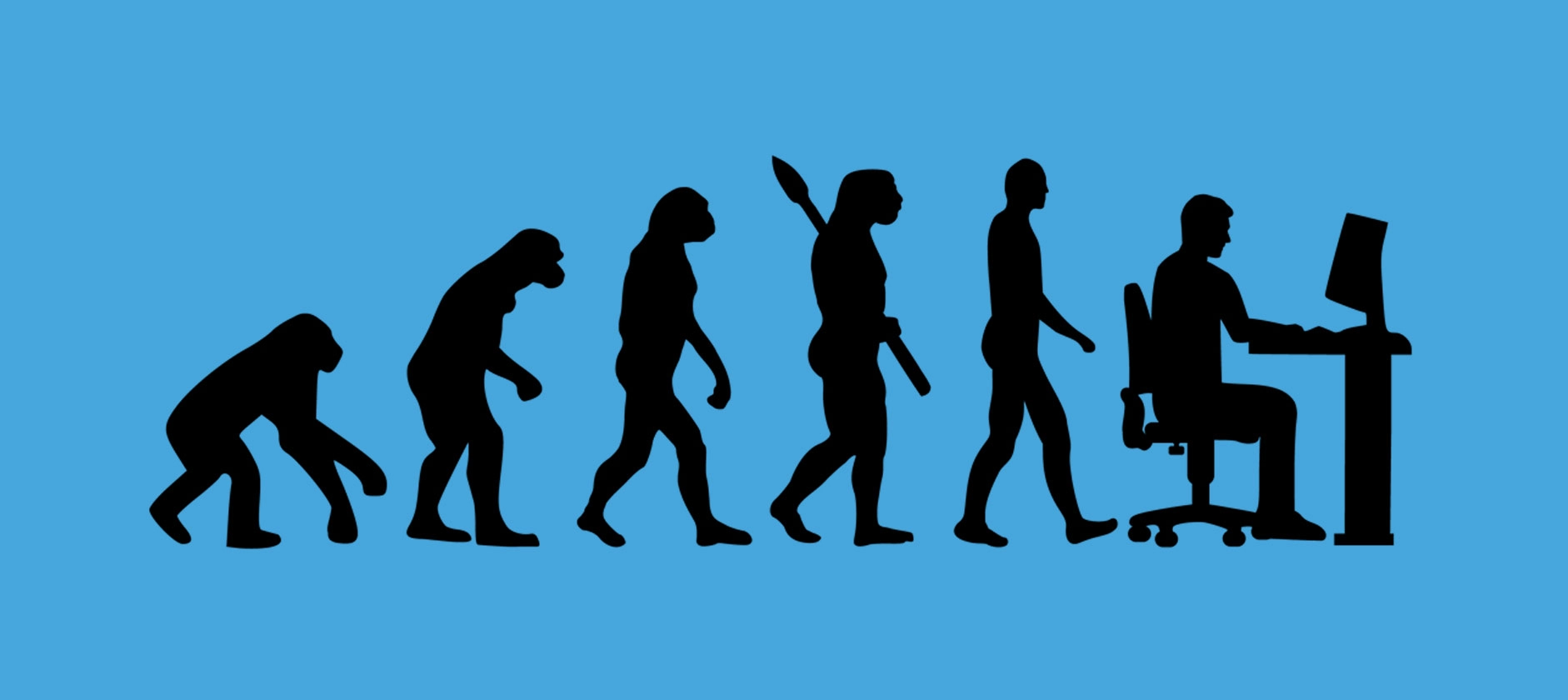Microsoft Corporation, a name synonymous with the digital age, stands as an embodiment of technological innovation and entrepreneurial prowess. This colossal multinational technology conglomerate has etched its indelible mark on the landscape of modern computing. The narrative of Microsoft is a tale that intertwines the aspirations of two young visionaries, Bill Gates and Paul Allen, with the relentless pursuit of technological excellence.
In the mid-1970s, in the quiet city of Albuquerque, New Mexico, the seed of Microsoft was sown. Bill Gates, then a bright and ambitious Harvard student, teamed up with his childhood friend Paul Allen to explore the developing world of personal computing. Their passion for software programming and their audacious belief in the potential of microcomputers led to the establishment of Microsoft on April 4, 1975.
At its inception, Microsoft’s primary endeavor was developing a BASIC interpreter for the Altair 8800, one of the earliest personal computers. This marked their first foray into the software market, setting the stage for a journey that would redefine the computing industry.
The pivotal moment in Microsoft’s history arrived in 1980 when the company secured a contract with IBM to provide an operating system for their groundbreaking IBM PC project. In a strategic move, Microsoft purchased the rights to a modest operating system known as QDOS (Quick and Dirty Operating System), which they refined and rebranded as MS-DOS (Microsoft Disk Operating System). This venture catapulted Microsoft into the spotlight and laid the foundation for its dominance in the personal computing arena.
The 1980s saw the birth of the Windows era, as Microsoft introduced Windows 1.0 in 1985, a graphical user interface that would eventually become the cornerstone of the PC experience. With Windows, Microsoft’s influence expanded beyond software development into the realm of user interfaces, forever changing the way people interacted with computers.
As we delve deeper into Microsoft’s remarkable journey, we will explore its pivotal role in shaping the digital age, its evolution from a small startup to an industry giant, and the enduring legacy of its founders, Bill Gates and Paul Allen. Their story is not just a corporate chronicle but a testament to the power of innovation, perseverance, and a shared vision for a world transformed by technology.
Table of Contents
How did the Microsoft company start?
Microsoft began its journey in the mid-1970s as a small startup founded by two young visionaries, Bill Gates and Paul Allen. The company’s origins can be traced back to April 1975, when it was founded in Albuquerque, New Mexico.
At that time, both Gates and Allen were passionate about computer programming and saw the potential of microcomputers, which were in their infancy. Their initial endeavor was to develop a version of the BASIC programming language for the Altair 8800, one of the first personal computers available to hobbyists and enthusiasts. This venture marked their entry into the world of software development.

Their breakthrough came in 1980 when IBM, a computing giant, approached Microsoft to provide an operating system (OS) for their upcoming personal computer project, the IBM PC. In a strategic move, Microsoft acquired the rights to an OS called QDOS (Quick and Dirty Operating System) and adapted it into MS-DOS (Microsoft Disk Operating System). This decision proved to be pivotal.
MS-DOS became the foundation of the IBM PC’s operating system, and Microsoft’s partnership with IBM catapulted the company into the mainstream computing industry. The success of MS-DOS laid the groundwork for Microsoft’s dominance in the PC software market, setting the stage for the company’s future innovations, including the iconic Windows operating system and the software products that would come to define personal computing as we know it today.
What is Microsoft famous for?
Microsoft is famous for its pioneering role in the technology industry and its wide-ranging contributions to computing. Here are some of the key areas for which Microsoft is renowned:
Operating Systems
Microsoft achieved global recognition with its MS-DOS and Windows operating systems. Windows, in particular, revolutionized personal computing by introducing a user-friendly graphical interface. Windows became the dominant operating system for PCs worldwide, setting the standard for desktop computing.
Microsoft Office Suite
Microsoft Office, including applications like Word, Excel, PowerPoint, and Outlook, is the de facto productivity suite used by businesses, institutions, and individuals for word processing, data analysis, presentations, and communication.
Software Development
Microsoft’s development tools, such as Visual Studio, have been instrumental in creating software applications for various platforms. The company has also been a leader in programming languages and frameworks.
Cloud Computing
Microsoft Azure is a leading cloud platform that provides businesses with infrastructure, services, and solutions. It has become a major player in cloud computing, rivaling Amazon Web Services (AWS) and Google Cloud.
Gaming
Microsoft’s Xbox gaming console series and the Xbox Live online gaming service have a massive global following. Titles like Halo and Minecraft are cultural icons in the gaming world.
Internet Explorer and Edge
Microsoft’s web browsers have significantly impacted internet usage. Internet Explorer was once the dominant browser, and Edge aimed to revitalize Microsoft’s presence in the browser market.
Enterprise Solutions
Microsoft offers a wide range of enterprise solutions, including Windows Server, SQL Server, SharePoint, and Dynamics CRM, catering to the needs of businesses and organizations.
AI and Research
Microsoft invests heavily in artificial intelligence and research. It has developed advanced AI technologies and applications and contributes to AI research worldwide.
Acquisitions
Microsoft’s acquisitions, including LinkedIn, GitHub, and ZeniMax Media, have expanded its influence in various sectors, from professional networking to software development and gaming.
Microsoft’s fame stems from its ability to adapt and innovate across many technology domains, making it a global leader in the tech industry and a household name in computing for decades.
History of Microsot Inc.
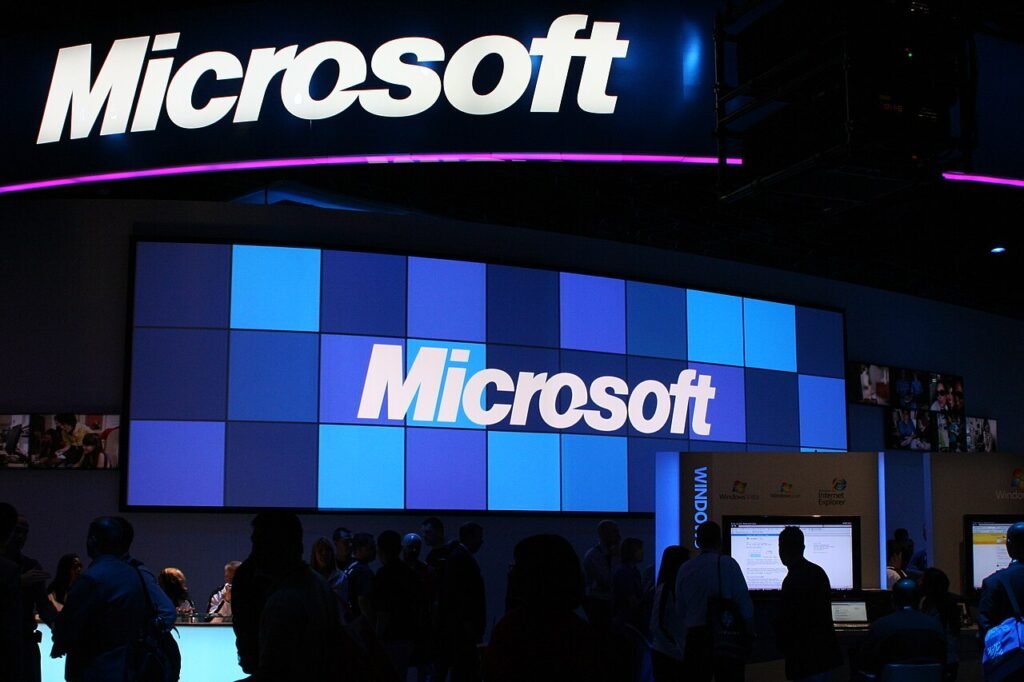
Microsoft Corporation is one of the world’s largest and most influential technology companies, known for its software products, operating systems, and contributions to the development of personal computing. Founded in 1975, Microsoft has played a pivotal role in shaping the technology industry and has profoundly impacted how people use computers and access information.
Here is a detailed history of Microsoft Inc. up to my knowledge cutoff date in September 2021:
Founding and Early Years (1975-1980)
Microsoft, a tech titan known worldwide, traces its humble beginnings to April 4, 1975, when Bill Gates and Paul Allen founded the company in Albuquerque, New Mexico. At its inception, Microsoft had a modest ambition – to craft a version of the BASIC programming language suitable for the Altair 8800, an early personal computer. This venture marked their initial foray into software development.
However, it was only a short time before Microsoft’s ambitions outgrew its origins. By 1979, the company recognized the burgeoning potential of the tech industry and relocated its headquarters to Bellevue, Washington. This strategic move positioned Microsoft in the heart of the burgeoning tech hub in the Pacific Northwest, setting the stage for its meteoric rise.
The shift to Bellevue signified geographic relocation and a shift in focus. Microsoft’s evolution from a niche software developer to a global technology behemoth was underway. This move marked the beginning of an extraordinary journey that would see Microsoft shape the computing landscape, from personal computers to cloud computing and beyond, leaving an indelible mark on the history of technology.
First Operating System (1980s)
In 1980, Microsoft embarked on a pivotal venture, signing a historic contract with IBM to supply an operating system for the groundbreaking IBM PC. This move would shape the future of personal computing. Recognizing the need for an operating system, Microsoft strategically acquired the rights to QDOS (Quick and Dirty Operating System), a relatively simple operating system.

With innovation and strategic modifications, Microsoft transformed QDOS into MS-DOS (Microsoft Disk Operating System), a robust and versatile platform. MS-DOS emerged as the keystone of IBM-compatible personal computers, setting a standard that permeated the computing landscape. Its success propelled Microsoft into prominence, establishing a stronghold in the rapidly expanding PC market.
The widespread adoption of MS-DOS solidified Microsoft’s standing in the industry and laid the groundwork for future innovations and developments, cementing the company’s influence in the technology sector and paving the way for the rich software ecosystem that millions rely on today.
Windows Era (1985-1990s)
In 1985, Microsoft’s pivotal release of Windows 1.0 marked the beginning of a transformative journey in personal computing. It was not an operating system but a graphical user interface (GUI) shell for MS-DOS, making it more user-friendly and accessible. Although it received a lukewarm reception, it laid the foundation for future Windows iterations.
The real breakthrough came in 1990 with the launch of Windows 3.0. This version was a resounding success, establishing Microsoft as a dominant force in the software industry. It brought improved graphics, enhanced multitasking capabilities, and compatibility with various software applications.
In 1995, Windows 95 emerged as a game-changer. It introduced the iconic Start menu and taskbar, setting a user interface standard that would endure for generations of Windows operating systems. This version was not only visually appealing but also more stable and user-friendly.
Subsequent releases, including Windows 98 and Windows Me (Millennium Edition), focused on enhancing stability and user experiences. They brought incremental improvements, making Windows-based PCs more reliable and functional, further solidifying Microsoft’s presence in the personal computing landscape.
These milestones shaped Microsoft’s trajectory and played a vital role in shaping how people interacted with computers, paving the way for the modern computing experience we enjoy today.
Office Suite and Business Software
In 1989, Microsoft introduced a game-changing product that would redefine how people work with computers and documents – Microsoft Office. This productivity software suite included three flagship applications: Microsoft Word, Excel, and PowerPoint. These applications were designed to streamline word processing, data analysis, and presentation creation.
Microsoft Office quickly gained widespread acceptance and became the industry standard for office productivity suites. Its user-friendly interface and robust features allowed individuals, businesses, and organizations to create, edit, and share documents, spreadsheets, and presentations with unprecedented ease and efficiency.
As Microsoft’s commitment to enhancing productivity software grew, they expanded their product portfolio. Microsoft Excel, renowned for its powerful spreadsheet capabilities, became a vital data analysis and reporting tool. Microsoft Access offers a user-friendly database management system, simplifying data storage and retrieval.
Microsoft PowerPoint revolutionized how people communicate ideas by enabling them to create visually engaging presentations. Together, these products formed a cohesive ecosystem that empowered professionals, educators, and students alike to achieve their goals and communicate effectively.
Over the years, Microsoft continued to evolve and innovate its Office suite, introducing new features, cloud integration, and collaboration tools. This ongoing commitment to excellence has solidified Microsoft Office’s enduring legacy as an indispensable tool for productivity in the digital age.
Internet Expansion (The late 1990s)
In the late 1990s, Microsoft entered what would be known as the “Browser Wars” by launching Internet Explorer, a web browser, to challenge Netscape Navigator’s dominance in the rapidly growing world of the Internet. This move was pivotal in shaping the web as we know it today.
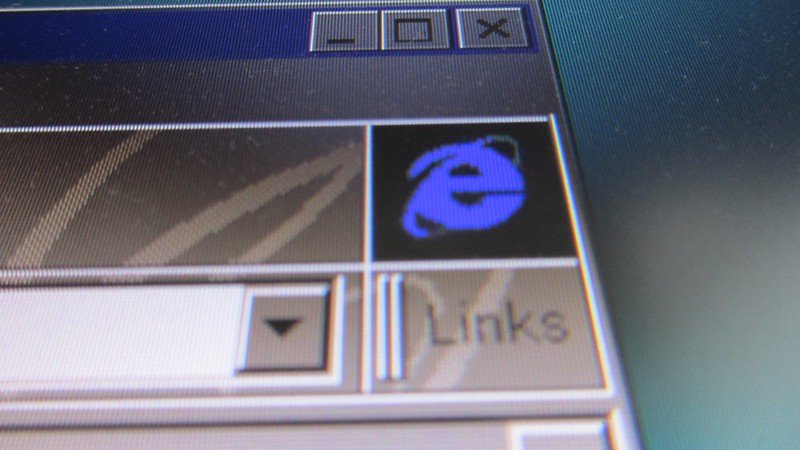
However, Microsoft’s strategy went beyond just offering a competitive product. They bundled Internet Explorer with their Windows operating system, effectively making it the default browser for millions of users. This bundling strategy led to accusations of anti-competitive behavior, as it created a significant barrier to entry for other browser developers.
The antitrust legal battles that ensued in both the United States and Europe focused on whether Microsoft was abusing its market dominance in operating systems to promote Internet Explorer and stifle competition unfairly. In the United States, the Department of Justice filed a lawsuit against Microsoft, leading to a landmark case that ultimately resulted in a settlement in 2001. In Europe, the European Commission also took action against Microsoft, resulting in a series of legal battles and fines.
These legal battles had a lasting impact on the tech industry and antitrust regulation, with significant implications for how dominant companies package and promote their products in the market.
Windows 2000 and XP (2000s)
Windows 2000, released in February 2000, represented a significant milestone in the evolution of Microsoft’s Windows operating system. It was designed with a strong focus on stability and reliability, which made it an attractive choice for business environments. Windows 2000 introduced numerous improvements over its predecessor, Windows NT 4.0, including enhanced security features, better hardware support, and an improved user interface.
One of the standout features of Windows 2000 was its Active Directory service, a directory service that simplified network management, user authentication, and resource access in corporate environments. This innovation laid the groundwork for modern enterprise networking and played a pivotal role in Microsoft’s dominance in the business sector.
Following Windows 2000, Windows XP was released in October 2001 and quickly became one of Microsoft’s most beloved and enduring operating systems. It combined the stability of Windows 2000 with a more user-friendly interface, making it suitable for both business and consumer use. Windows XP remained in widespread use for over a decade, a testament to its reliability and popularity among users worldwide.
Xbox and Entertainment (2000s-2010s)
In 2001, Microsoft released the Xbox, a groundbreaking foray into the gaming console market. This marked a significant departure from Microsoft’s core software business and showcased their determination to diversify and innovate. The Xbox quickly gained attention for its powerful hardware and library of popular games.
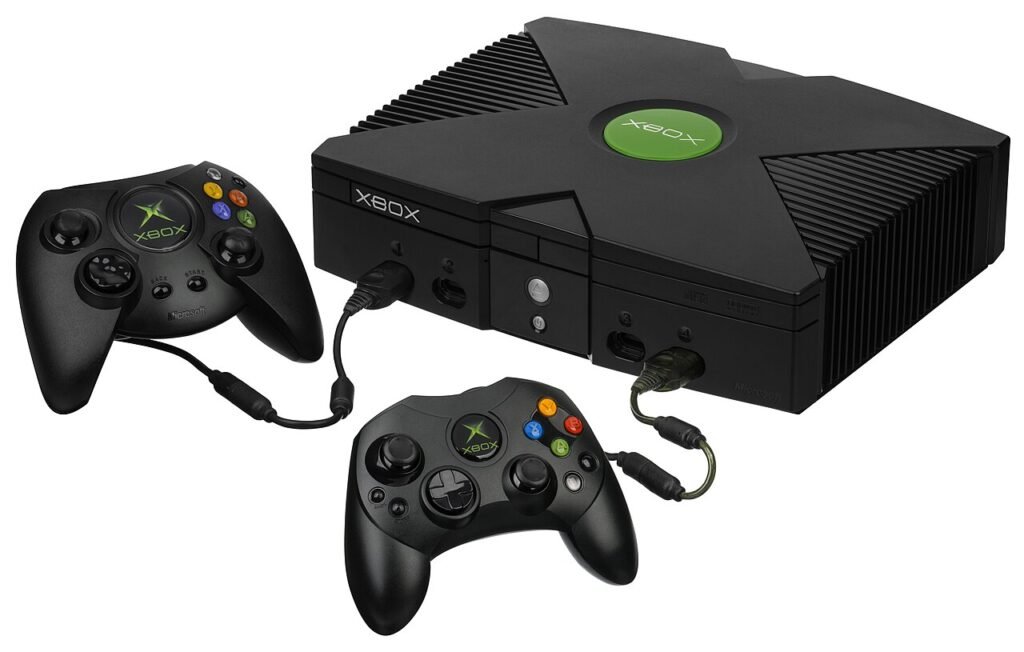
One of Microsoft’s most notable achievements in the gaming sector was the introduction of Xbox Live in 2002. This online gaming service transformed the way people played games, enabling players to compete and cooperate with others over the internet. Xbox Live’s robust online community, multiplayer capabilities, and digital content distribution became a hallmark of the Xbox brand.
In addition to gaming, Microsoft sought to establish itself in the digital entertainment arena. The Zune media player, released in 2006, was Microsoft’s attempt to compete with Apple’s iPod. While it didn’t achieve the same level of success, it demonstrated the company’s willingness to explore new markets and technologies beyond its traditional software domain.
Overall, Microsoft’s entry into gaming and digital entertainment marked a strategic diversification that not only expanded its product portfolio but also positioned it as a significant player in the ever-evolving world of interactive entertainment and digital content distribution. These endeavors laid the groundwork for Microsoft’s continued success in the gaming industry and the broader digital ecosystem.
Windows 7, 8, and 10 (2000s-2010s)
Windows 7, launched in 2009, marked a significant milestone in Microsoft’s operating system history. It was well-received for its enhanced user interface, improved performance, and increased stability compared to its predecessor, Windows Vista. Windows 7 quickly gained popularity among users and businesses alike and became the go-to choice for many, particularly those who were still using the venerable Windows XP.
In contrast, Windows 8, released in 2012, brought a radical departure from the traditional Windows desktop experience. It introduced a touch-oriented interface with the Start screen, optimized for tablet and touchscreen devices. However, this dramatic shift faced mixed reviews, as many traditional desktop users found it challenging to adapt to the new interface.
To address the shortcomings of Windows 8, Microsoft released Windows 10 in 2015. Windows 10 aimed to unify the Windows ecosystem by providing a cohesive user experience across a wide range of devices, including PCs, tablets, and smartphones. It reintroduced the familiar Start menu while retaining touch-friendly features, striking a balance that garnered positive feedback and solidified Windows 10 as a significant and enduring Windows version. This release also marked Microsoft’s shift towards a more iterative approach to software updates, with continuous feature enhancements and regular updates rather than distinct new versions.
Cloud and Productivity (2010s)
Microsoft’s strategic shift towards cloud computing marked a pivotal moment in the company’s evolution. Azure, introduced as a cloud platform, has rapidly grown to become one of the leading cloud services providers globally. It offers a vast array of infrastructure, platform, and software services, enabling businesses to harness the power of the cloud for scalability, flexibility, and cost-efficiency.
Simultaneously, Office 365, rebranded as Microsoft 365 in 2020, ushered in a new era of cloud-based productivity tools. This suite encompasses essential applications like Word, Excel, PowerPoint, and Outlook, now hosted in the cloud. It enables users to collaborate seamlessly, access files from anywhere, and enjoy automatic updates, all while benefiting from robust security features.
Furthermore, Microsoft’s acquisition of LinkedIn in 2016 extended its influence into the professional networking sphere. With LinkedIn’s vast user base and business-focused networking capabilities, Microsoft gained a foothold in connecting professionals worldwide. This move allowed Microsoft to integrate LinkedIn’s features into its productivity suite, providing a more comprehensive solution for professionals and businesses alike, and further solidifying its position as a key player in the technology industry’s cloud and networking sectors.
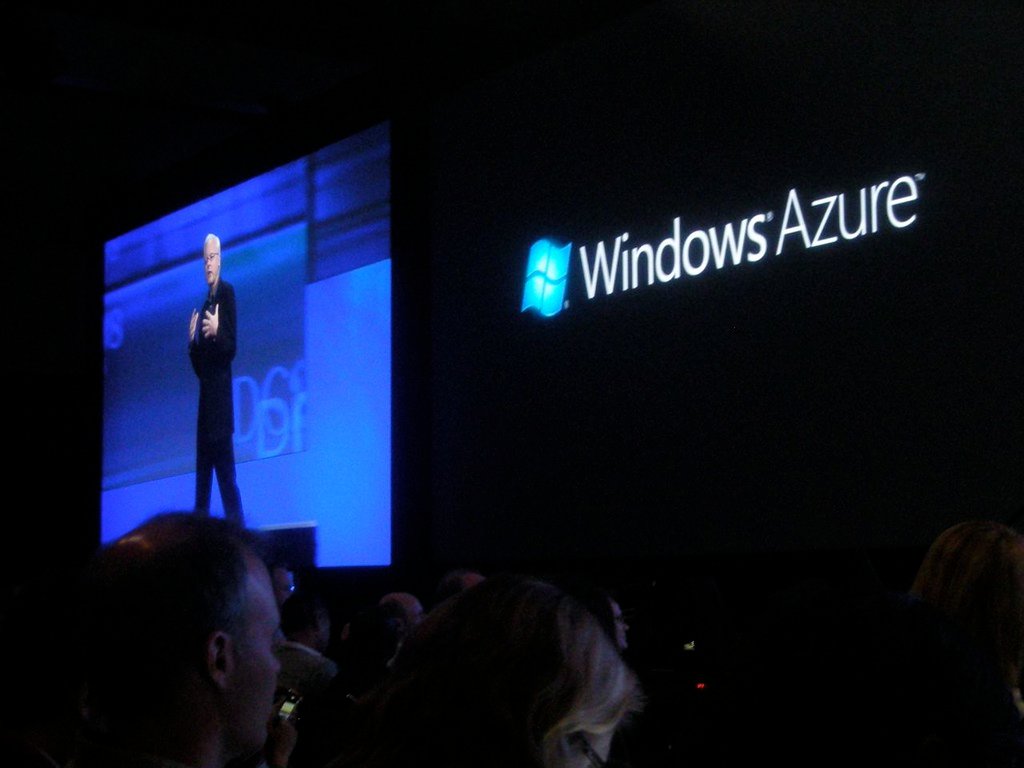
Satya Nadella’s Leadership (2014-Present)
When Satya Nadella assumed the role of CEO at Microsoft in 2014, he embarked on a transformative journey that would redefine the company’s trajectory. His visionary leadership marked a departure from the past and ushered in a new era for the tech giant.
One of Nadella’s most significant contributions was his emphasis on cloud computing and services. He recognized the immense potential of cloud technology and swiftly pivoted Microsoft towards becoming a cloud-first and mobile-first company. This strategic shift led to the rapid expansion of Microsoft Azure, the company’s cloud platform, which now competes head-to-head with industry leaders like Amazon Web Services (AWS).
Under Nadella’s guidance, Microsoft adopted a more open and collaborative approach. The company began embracing open-source technologies and fostering partnerships across the tech ecosystem. Initiatives like the Microsoft Quantum Network and collaborations with organizations like the Linux Foundation showcased Microsoft’s commitment to inclusivity and innovation.
This shift in culture and strategy yielded impressive results. Microsoft’s market capitalization soared, and the company reclaimed its position as one of the world’s most valuable tech enterprises. Satya Nadella’s tenure as CEO will be remembered not only for his business acumen but also for his role in reshaping Microsoft into a forward-thinking, adaptable, and customer-centric organization prepared for the challenges and opportunities of the digital age.
Recent Acquisitions and Initiatives (Up to 2021)
In 2018, Microsoft made a significant move in the software development world by acquiring GitHub. GitHub is a web-based platform that provides version control, collaboration, and code hosting services, making it an essential tool for developers and teams worldwide. This acquisition reinforced Microsoft’s commitment to fostering open-source development and collaboration and expanded its reach within the software development community.
In 2020, Microsoft made waves in the gaming industry with its announcement of the acquisition of ZeniMax Media. ZeniMax was the parent company of several renowned game studios, including Bethesda Softworks, known for franchises like The Elder Scrolls and Fallout. This strategic move bolstered Microsoft’s presence in the gaming market, adding a portfolio of beloved game titles and studios to its Xbox Game Studios division. The acquisition signaled Microsoft’s ambition to strengthen its position in the gaming world and enhance its Xbox ecosystem, creating more opportunities for gamers and developers alike.
COVID-19 Pandemic Response (2020s)
During the COVID-19 pandemic, Microsoft’s cloud services played a pivotal role in enabling businesses, educational institutions, and individuals to adapt to the challenges of remote work, distance learning, and online collaboration. Two prominent offerings, Azure and Microsoft Teams, experienced a surge in usage.
Azure, Microsoft’s cloud computing platform, witnessed increased demand as organizations quickly shifted their infrastructure to the cloud to support remote operations. Azure provided the scalability and reliability necessary to handle the unprecedented load on online services, ensuring businesses could continue to operate effectively despite physical office closures. It facilitated the rapid deployment of critical applications, data storage, and computing resources, empowering businesses to maintain their digital presence.
Microsoft Teams, a collaboration and communication platform, became essential for remote work and virtual meetings. With features like video conferencing, chat, file sharing, and integration with other Microsoft 365 apps, Teams fostered seamless collaboration among remote teams. Its adoption skyrocketed as organizations sought ways to keep employees connected and productive while working from home.
In summary, Microsoft’s cloud services, Azure and Microsoft Teams, emerged as lifelines during the pandemic, supporting the global transition to remote work and digital collaboration and highlighting the critical role of technology in navigating unprecedented challenges.
Microsoft Corporation’s journey from its humble beginnings in 1975 to its position as a global technology powerhouse by September 2021 is a testament to innovation and adaptability. Throughout its history, Microsoft has shaped the personal computing landscape with Windows and Office and ventured into cloud computing, gaming, and productivity solutions. Under Satya Nadella’s leadership, the company shifted toward a more forward-thinking, collaborative, and cloud-centric approach. Microsoft’s ability to navigate changing technological landscapes and its commitment to evolving with the times have solidified its enduring influence on the technology industry and its promise for a dynamic future.




